Introduction
I am often asked general questions about the Bankruptcy and Insolvency Act Canada. Sometimes it is about the application of a certain section or topic. Other times, it is a simple question such as where can I find a copy that I can look at?
The purpose of this Brandon’s Blog is to list the most often asked questions. Not all of them may be of interest to you. However, for those that have questions about the Bankruptcy and Insolvency Act, hopefully at least one of these questions (and the answer) will be of interest to you.
So here we go.
Is there a book that explains the various topics and sections of the Act?
Yes, there is. The book is an annotated version of the statute. It has the complete Act and its rules and regulations. In addition, the annotations provide explanations on the application of each section as well as a listing of decided cases to support the explanations.
Can I look up the Act and decided cases somewhere online for free?
Yes. The Canadian Legal Information Institute (CanLII) operates a website. It has the legislation online calling it the Bankruptcy and Insolvency Act Canada CanLII. CanLII can also be used to search bankruptcy legal decisions in both English and French.
The best place to find all the mandated forms is on the website operated by the Government of Canada, Office of the Superintendent of Bankruptcy. It lists all the forms. They are also downloadable as pdf forms.
People ask me if they can perform a Bankruptcy and Insolvency Act Canada search. What they really mean is can they perform a search to find out if a specific person or company did a personal or corporate filing under the Canadian bankruptcy system. The answer to this question is yes.
The Office of the Superintendent of Bankruptcy operates a database for people to search the bankruptcy and insolvency records in Canada. The database can be accessed for free by a licensed insolvency trustee. Any member of the public can do the same search for the cost of $8 per search. Eventually, the Government of Canada is going to move to a free system, but it is not in place yet.
What are the Bankruptcy and Insolvency Act Canada regulations?
The Bankruptcy and Insolvency Act Canada regulations, otherwise known as the bankruptcy rules, form part of the Act itself. The pure legislation contained in the various sections of the Act is just that; the legislation. However, there are practical considerations which also need clarification. Such clarification is found in the Rules contained in the Bankruptcy and Insolvency Act (Canada). For example, the rules describe steps to abide by a specific section of the Act, or who is responsible for establishing Court fees.
Is their equal treatment for all unsecured creditors?
This is always an interesting question. The answer is also confusing to many lay people. The answer is both no and yes. I will explain. There are two types of unsecured creditors; preferred unsecured and ordinary unsecured. Many people forget this.
All ordinary unsecured creditors ARE treated equally. Their claims rank equally. The licensed insolvency trustee (formerly called bankruptcy trustee) paying a dividend to the ordinary unsecured creditors, they will all receive theirs in proportion share. The calculation is based on their respective ordinary unsecured claims.
The preferred unsecured creditors ARE NOT treated equally. The Bankruptcy and Insolvency Act Canada section 136 sets out the scheme of distribution for the rank of the claims. Payment to preferred creditors ALWAYS happens BEFORE payment to ORDINARY creditors.
The preferred creditors
However, preferred unsecured creditors are not equal. The Act states that there is a ranking of claims within the preferred group. The list and order of priority of the major types of preferred creditors are as follows:
- for a deceased bankrupt, the reasonable funeral and testamentary expenses incurred;
- the costs of the bankruptcy administration:
- the levy payable by the licensed insolvency trustee under section 147 of the Act;
- any wages, salaries, commissions, compensation or disbursements owing to employees for the six month period prior to the bankruptcy;
- municipal taxes assessed or levied against the bankrupt, within the two years before the bankruptcy, that is not secured against the real property;
- the commercial landlord for arrears of rent for three months immediately before the bankruptcy and accelerated rent for not more than three months following the bankruptcy (if entitled to accelerated rent under the lease);
- one bill of costs of a lawyer for the creditor who first attached by way of garnishment or filed with the Sheriff an attachment, execution or another process against the property of the bankrupt;
- indebtedness of the bankrupt under any Act about workers’ compensation, unemployment insurance or under any provision of the Income Tax Act creating an obligation to pay to Her Majesty amounts that have been deducted or withheld;
- claims resulting from injuries to employees of the bankrupt for which there will be a receipt of money from persons guaranteeing the bankrupt against damages resulting from those injuries; and
- any other claims of the Crown
The Trustee must pay the claims of the preferred creditors in full, less the statutory levy mentioned above. If there are insufficient funds to pay some or all the preferred creditors, then their claims become ordinary unsecured claims.
In personal bankruptcy, are there any claims not discharged upon the person receiving their absolute discharge from bankruptcy?
Yes. The Bankruptcy and Insolvency Act Canada section 178 lists the claims not discharged in a person’s bankruptcy. Such debts are:
- a fine, penalty, restitution order or other order similar in nature imposed by a court in respect of an offence, or any debt arising out of a recognizance or bail;
- any award of damages by a court in civil proceedings in respect of bodily harm intentionally inflicted, sexual assault, or wrongful death as a result of such an act;
- a debt or liability for alimony or support under a court order or valid written agreement;
- the debt or liability arising out of fraud, embezzlement, misappropriation or defalcation while acting in a fiduciary capacity;
- debts or liabilities resulting from obtaining property or services by false pretenses or fraudulent misrepresentation;
- the entitlement to a dividend a creditor would have received on any provable claim not disclosed to the trustee unless the creditor had notice or knowledge of the bankruptcy and failed to take reasonable action to prove a claim;
- any debt or obligation of a loan made under the Canada Student Loans Act, the Canada Student Financial Assistance Act or any enactment of a province that provides for loans or guarantees of loans to students where the date the person ceased being a full or part-time student was within seven years before the date of bankruptcy;
All claims against a bankrupt person are discharged when the person obtains their absolute bankruptcy discharge except those indicated above.
Student loans
There is an additional provision in the Bankruptcy and Insolvency Act Canada student loans section. It states that any time after 5 years after the bankrupt person has ceased to be a full or part-time student, they can apply to the Court for relief. The Court can cut the student loan debt if proved that the bankrupt person:
- has acted in good faith in trying to repay the student loan debt, and
- the bankrupt person has and will continue to experience financial difficulty and will be unable to pay the debt
What is the history of the Bankruptcy and Insolvency Act in Canada?
The Bankruptcy and Insolvency Act in Canada has a very interesting history. The Bankruptcy and Insolvency Act of Canada has its origins in the Bankruptcy Act of 1919. The Act changed in 1949. In terms of the history of our country, this means the Act is a relatively young piece of legislation. The reason for the enactment is that every modern society has to realize that some of its citizens and businesses will run into financial trouble. A modern and efficient economy has to have the means to help those people and businesses out of their trouble. Everyone deserves a fresh start. To redeploy a company’s assets there must be a formal system to allow this to happen.
The Act changed again in 1992, 1997 as well as 2008-2009. The 1992 reforms concentrated on maximizing value for creditors with reorganization and rehabilitation, boosting the fair distribution to employees and providers of goods and services to the bankrupt company.
The 1997 reforms urged consumer debtor responsibility and boosted the reorganization stipulations as well as the administration of the Act. It introduced new sections dealing with the insolvency of securities firms and dealing with global insolvencies.
The 2009 reforms, had 4 primary aims:
- to urge the restructuring of viable, but financially hampered companies;
- to better secure workers’ insurance claims for wages and holiday pay;
- making the bankruptcy system fairer and lower abuse; and
- to improve the administration of the Canadian bankruptcy system.
Is the Act federal or provincial legislation?
Federal legislation. The name of the Act gives the answer. Its name is the Bankruptcy and Insolvency Act Canada. Although there are laws in each Province that will come into play during the administration of a bankruptcy or reorganization, the Act is Federal.
Summary
So I hope you have a better understanding of the most asked questions about the Government of Canada Bankruptcy and Insolvency Act. The Act deals with bankruptcy insolvency issues for both bankruptcy law personal and corporate.
If you have any questions about how the Canadian bankruptcy system works or feel that someone you know could benefit from a free first consultation with a professional licensed insolvency trustee, feel free to contact me.
The Ira Smith Team have decades of experience in both personal and corporate insolvency matters. We can handle complex corporate and other business financial restructurings as well as personal financial problems. In both corporate and personal insolvency matters, we first look at how we can reorganize and restructure the person or business to do a rescue.
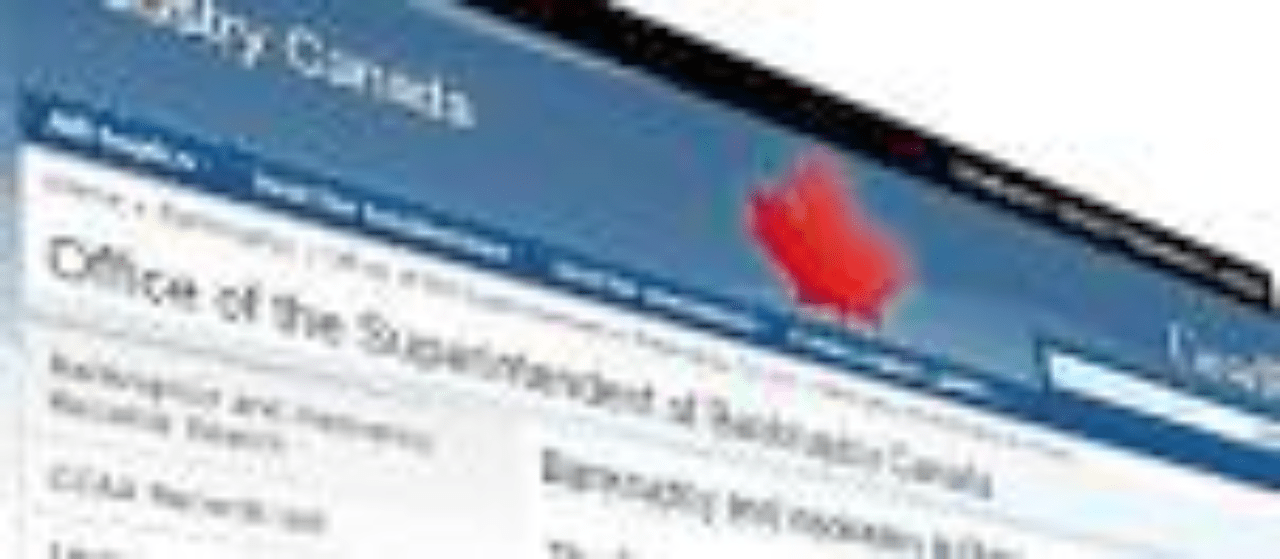








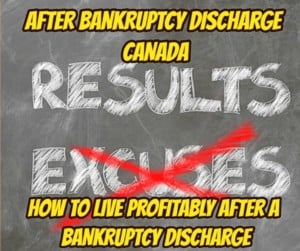
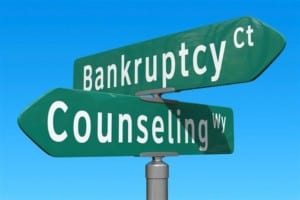

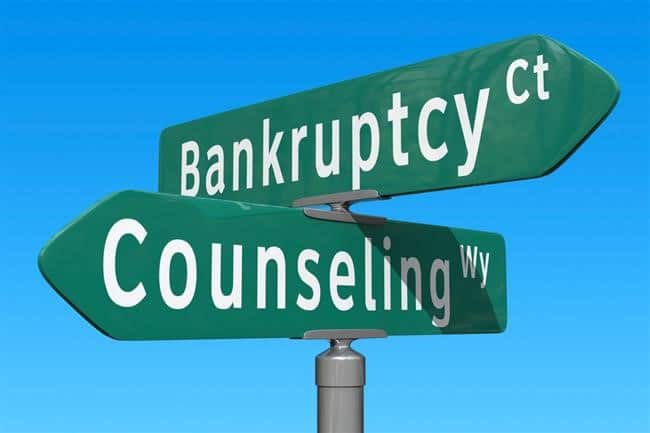

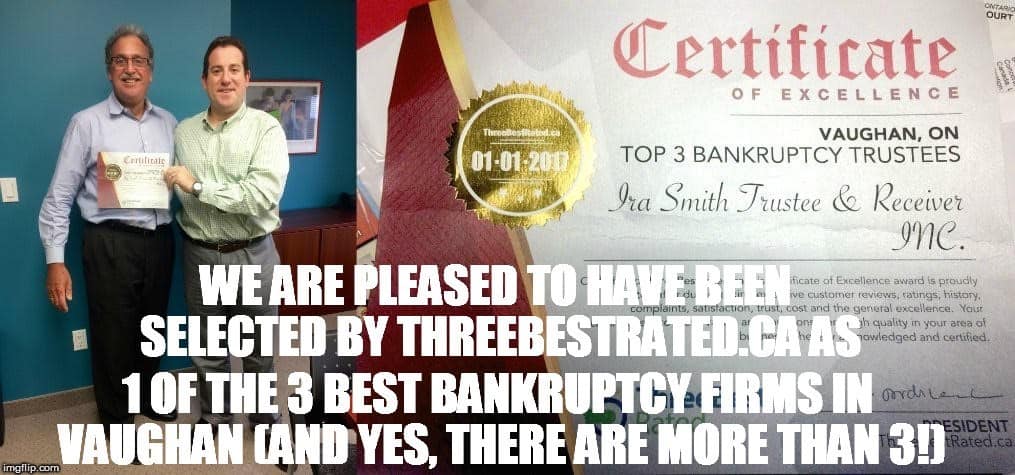
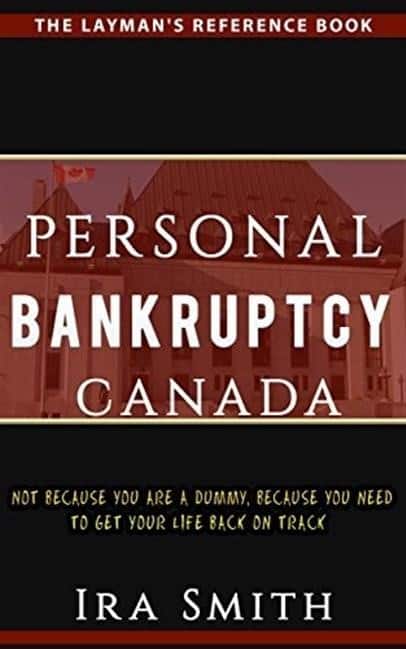
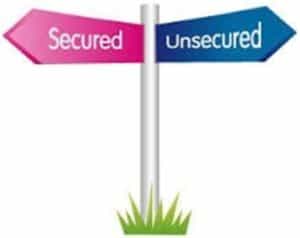
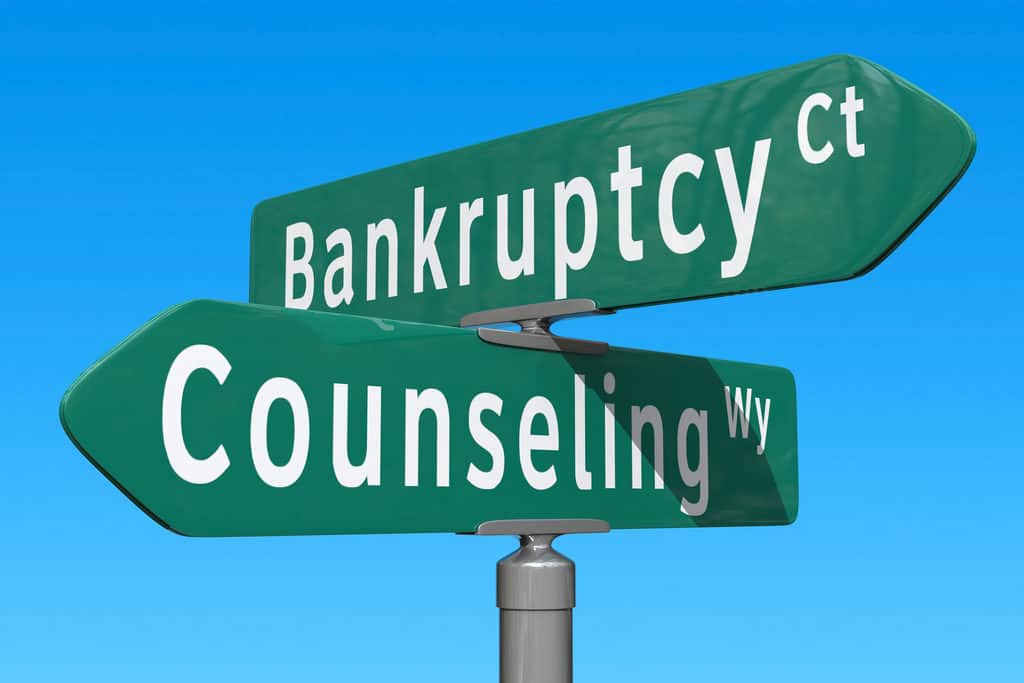

 The television air waves are clogged with real estate reality shows – buying properties, selling properties, real estate flipping properties, renovating properties, income properties… There’s a real estate show that demonstrates every facet of the business and it all looks very simple. But I’m pretty sure that not one real estate reality show told you that real estate flipping when purchasing from a
The television air waves are clogged with real estate reality shows – buying properties, selling properties, real estate flipping properties, renovating properties, income properties… There’s a real estate show that demonstrates every facet of the business and it all looks very simple. But I’m pretty sure that not one real estate reality show told you that real estate flipping when purchasing from a